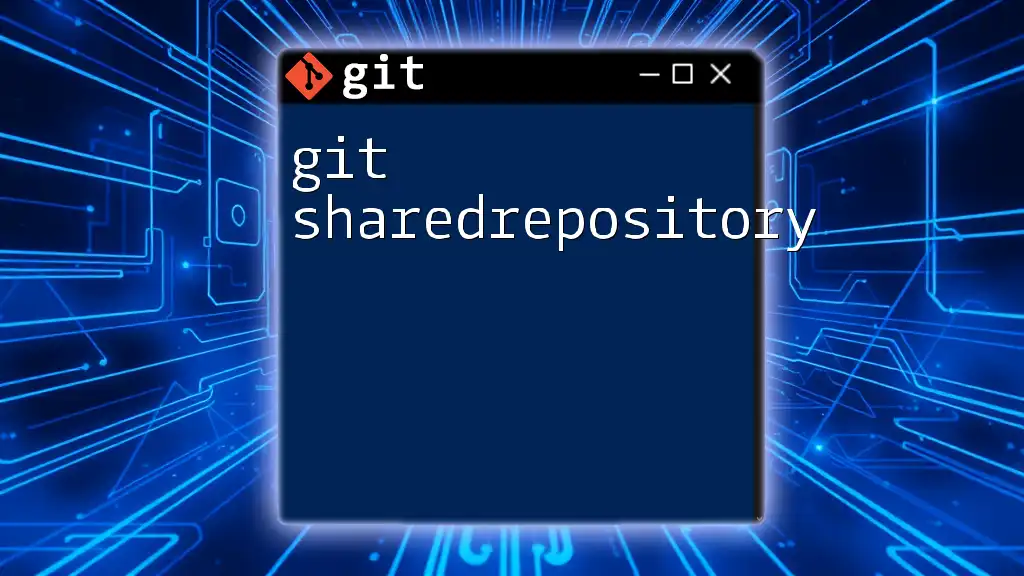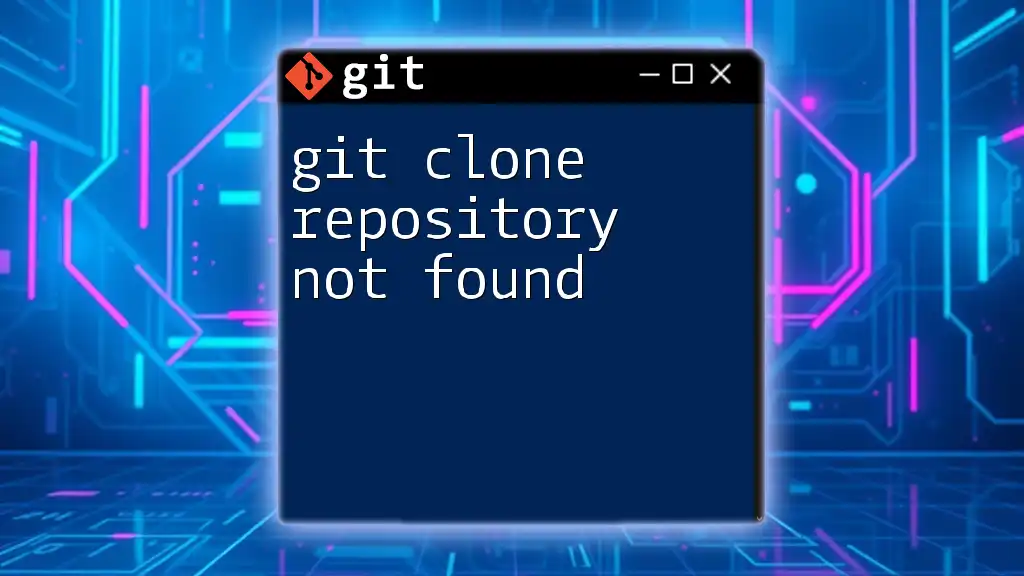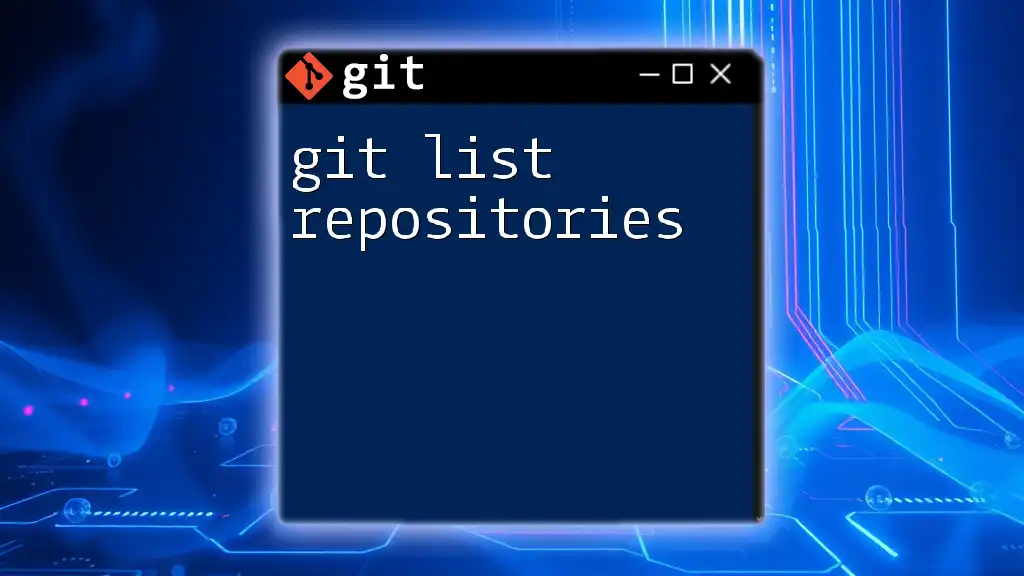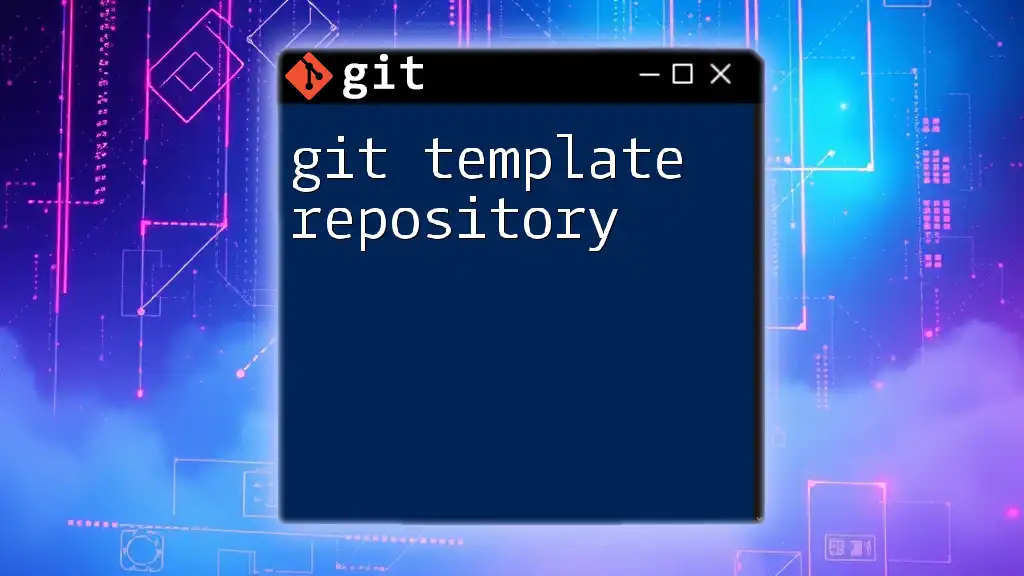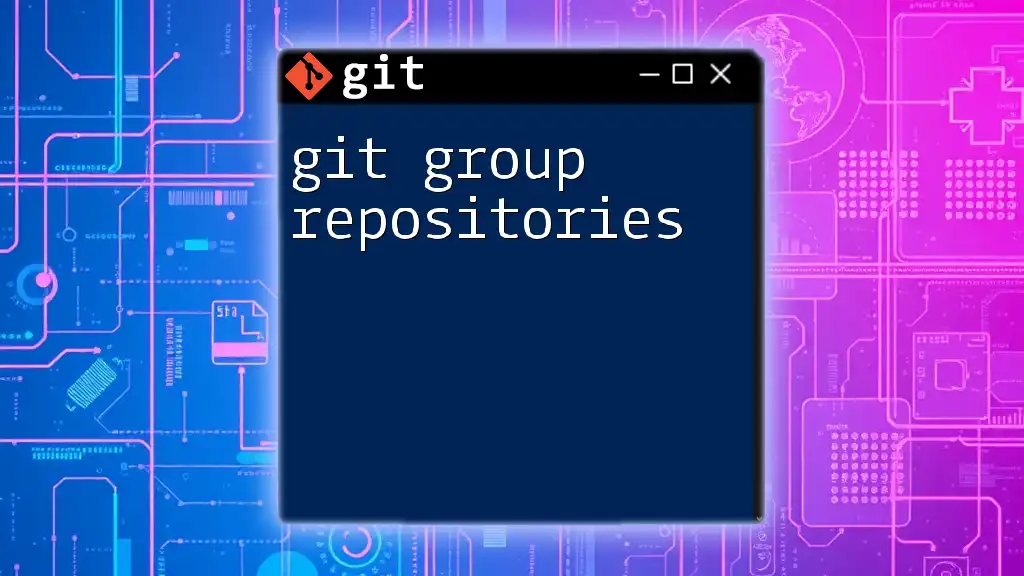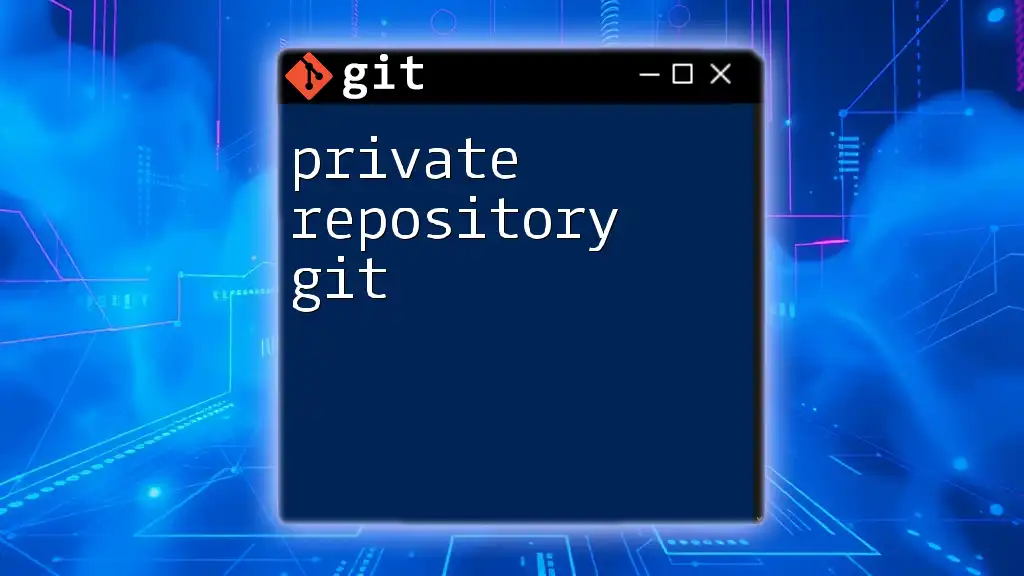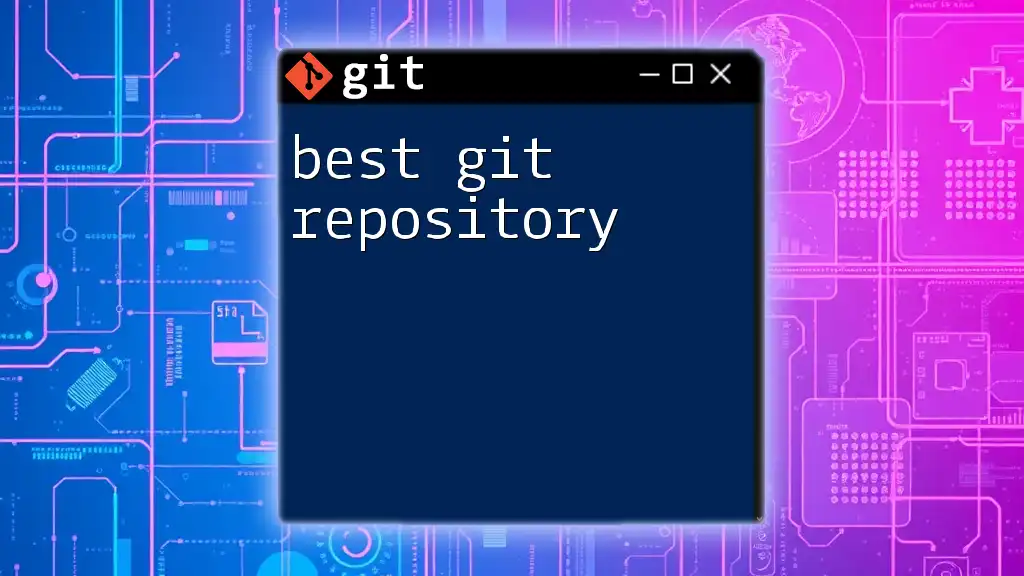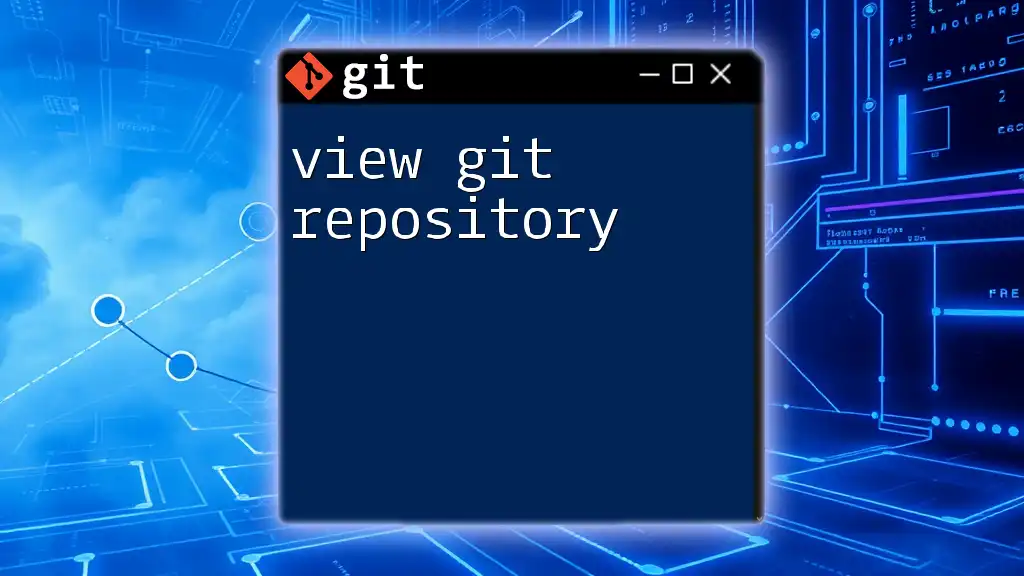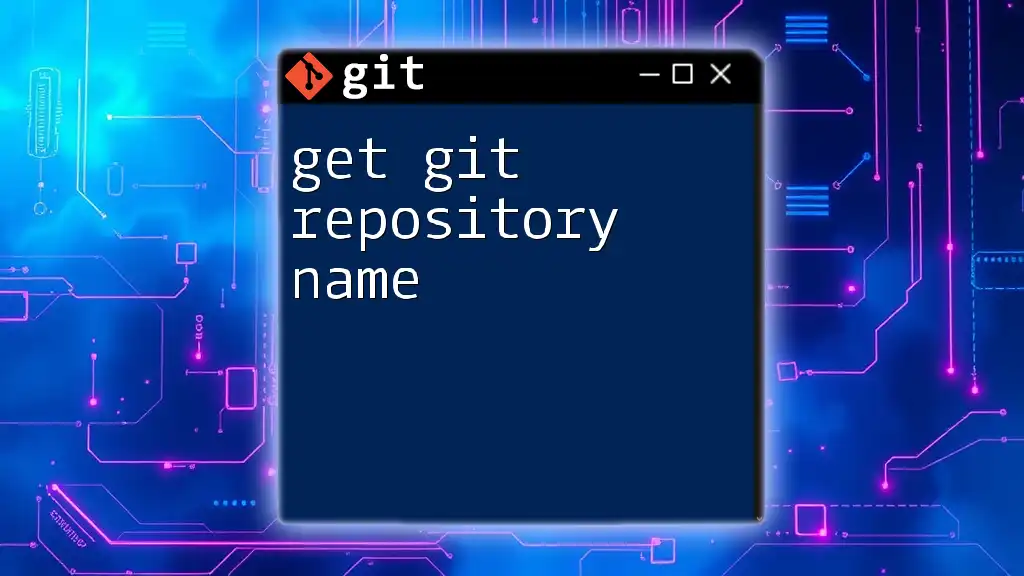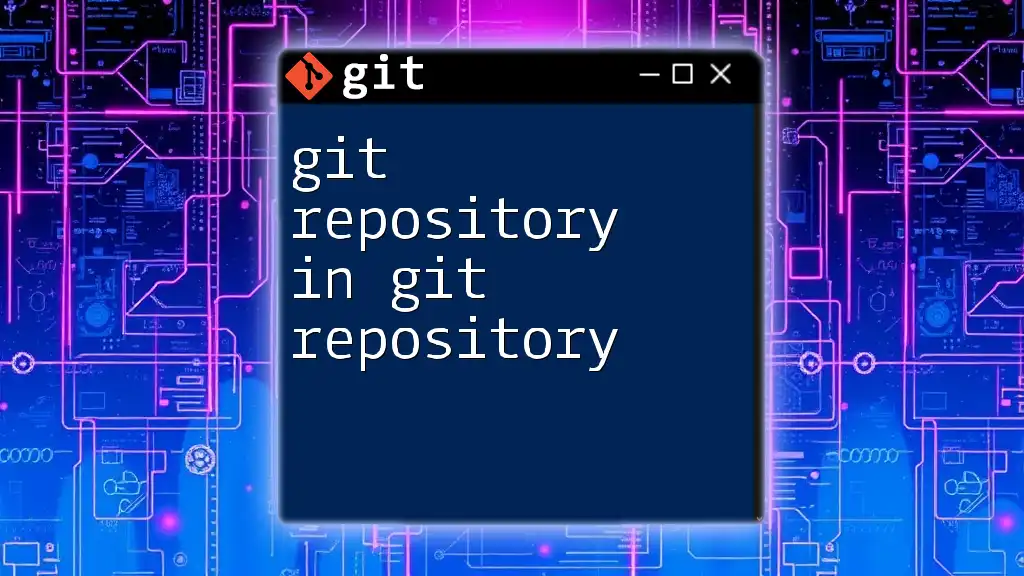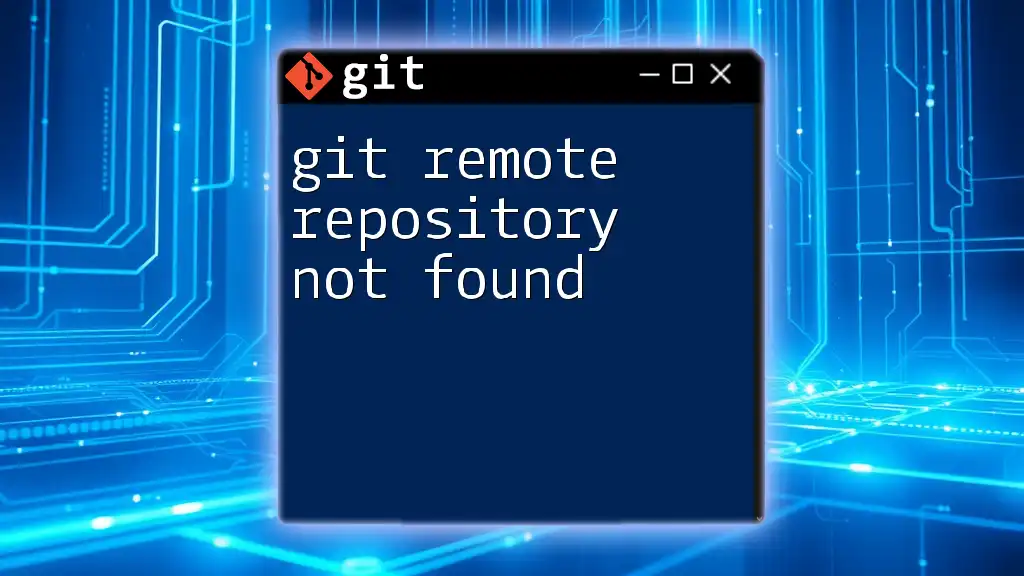A Git shared repository is a centralized location where multiple users can collaborate and push changes to a common codebase, typically configured with shared access and permissions.
git clone --bare /path/to/repo.git
git init --bare /path/to/shared-repo.git
git remote add origin /path/to/shared-repo.git
Introduction to Git and Shared Repositories
Understanding Git is fundamental to utilizing the powerful tools offered by version control systems. At their core, version control systems help track changes to code and documents, allowing multiple users to collaborate efficiently.
What is Version Control?
Version control systems are essential for managing code in collaborative environments. They maintain a history of changes, enabling users to revert to earlier states of their work. This capability is key in software development, where teams constantly collaborate and iterate.
Introduction to Git
Git is a widely-used, open-source version control system developed by Linus Torvalds in 2005. It allows teams to manage and coordinate work on projects, making it easier to collaborate and maintain code integrity.
What is a Shared Repository?
A shared repository serves as a central hub where multiple users can access, contribute to, and synchronize project files. This concept is vital in collaboration, as it promotes teamwork and collective code management, helping to track contributions and changes made by different team members.
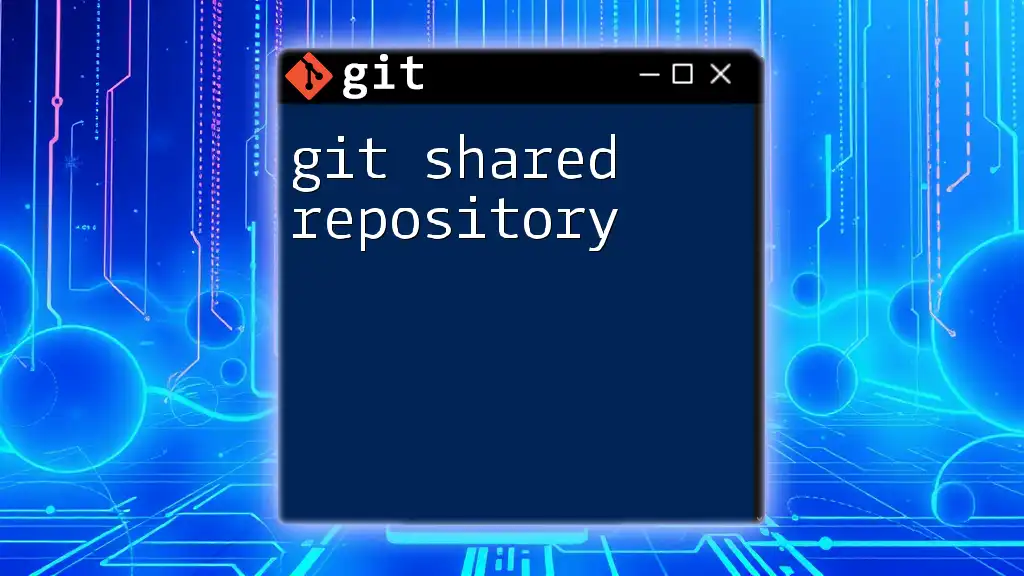
Setting Up a Shared Repository
Creating a New Repository
To create your first Git repository, use the command line and type the following commands:
git init my_shared_repo
cd my_shared_repo
This will create a new Git repository in a directory named `my_shared_repo`, where you can start tracking your files.
Configuring Access to the Repository
Using SSH Keys
Using SSH keys is a secure method for accessing repositories. SSH provides an encrypted connection, reducing vulnerability to attacks.
To generate an SSH key, run the following commands in your terminal:
ssh-keygen -t rsa -b 4096 -C "your_email@example.com"
eval "$(ssh-agent -s)"
ssh-add ~/.ssh/id_rsa
After generating the key, add it to your Git hosting solution (like GitHub or GitLab) to allow secure access.
Using HTTPS
Alternatively, you can access your shared repository using HTTPS, which uses URL-based access. While simpler for some users, HTTPS may require repeated authentication, making it less favorable for frequent collaborators.
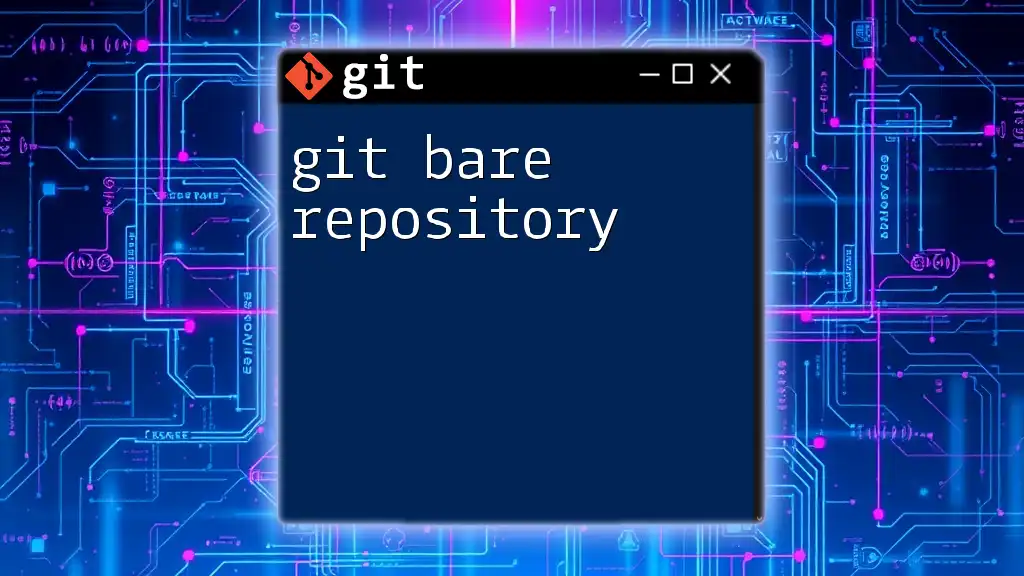
Cloning a Shared Repository
What is Cloning?
Cloning a repository creates a complete local copy of the project, including its entire history. This is an essential step for anyone who wants to contribute to the shared repository.
Using the Clone Command
To clone a shared repository, execute the following command:
git clone git@github.com:user/my_shared_repo.git
This command pulls all the data from the repository and sets you up with a local version to work with.
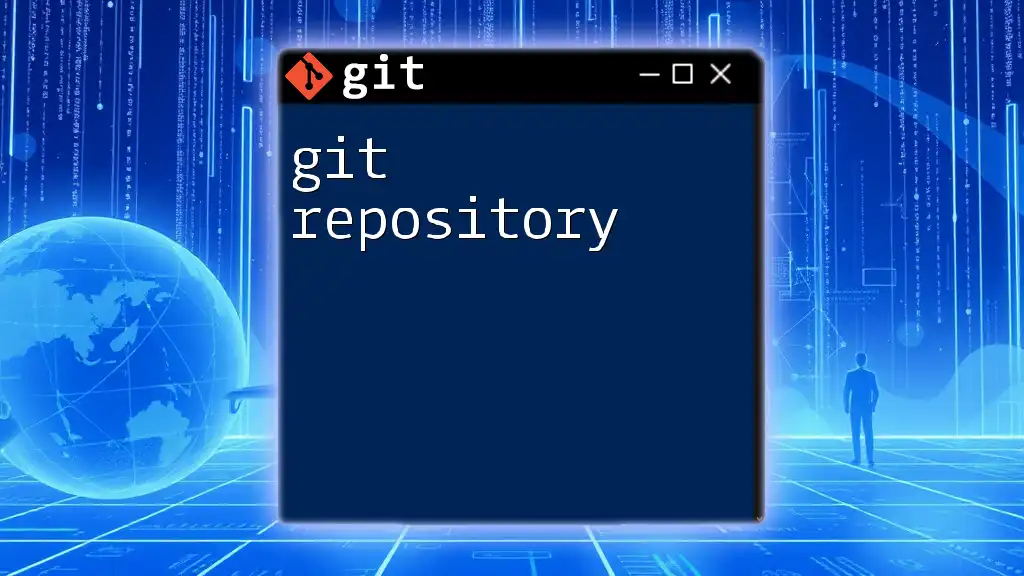
Working with Shared Repositories
Basic Commands for Collaboration
Adding Collaborators
In a shared repository, it’s crucial to manage access effectively. Platforms like GitHub, GitLab, or Bitbucket allow users to add collaborators and set permissions. Navigate to the settings of your repository, then look for the "Collaborators" or "Settings > Access" sections where you can invite team members.
Pulling Changes
When collaborating, keeping your local repository updated is crucial. To pull the latest changes from the remote repository, use this command:
git pull origin main
This command fetches updates from the specified branch (in this case, `main`) and merges them into your local branch.
Committing Changes
Using effective commit messages helps maintain project clarity. When you’re ready to commit your updates, you can do so with:
git add .
git commit -m "descriptive message about changes"
Good commit messages dictate the purpose behind code changes, facilitating better understanding of the project's evolution.
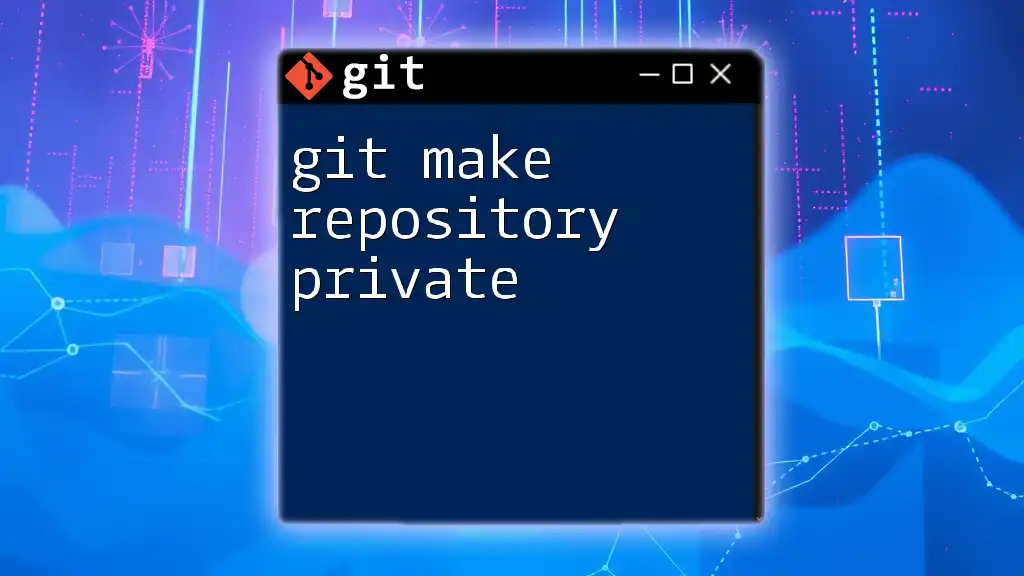
Branching Strategies in Shared Repositories
Understanding Branches
Branches play a pivotal role in Git's flexibility, enabling multiple developers to work on features or fixes without affecting the main codebase. This separation allows for cleaner development processes and safer code integrations.
Git Flow Model
The Git Flow Model is a widely adopted workflow that promotes structured branching strategies. It involves using separate branches for features, releases, and hotfixes, providing a clear path from development to production.
Creating and Merging Branches
Creating a new branch allows you to develop independently:
git checkout -b feature/new-feature
Once your feature is complete and tested, merging it back into the main branch is easy:
git checkout main
git merge feature/new-feature
This command combines the changes made in your feature branch with the main codebase.
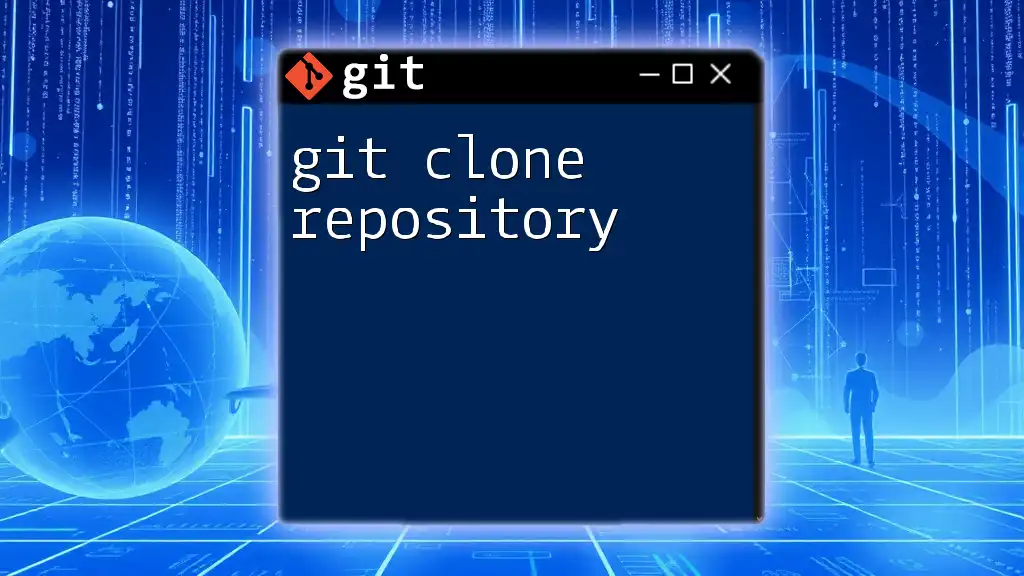
Handling Conflicts in a Shared Repository
What are Merge Conflicts?
Merge conflicts occur when Git cannot automatically resolve differences between two branches being merged. This usually happens when changes occur in the same line of a file in both branches.
Resolving Merge Conflicts
Resolving merge conflicts involves a few straightforward steps:
-
Attempt to merge the branches using:
git merge feature/new-feature -
If Git reports conflicts, open the conflicting files in your code editor. You will see sections marked by Git indicating differences. Carefully edit these sections to resolve the conflicts.
-
Once resolved, mark the files as resolved:
git add <resolved-file> -
Finally, commit the changes with:
git commit -m "Resolved merge conflict in <filename>"
By following these steps, you can ensure that collaborative contributions are integrated smoothly.
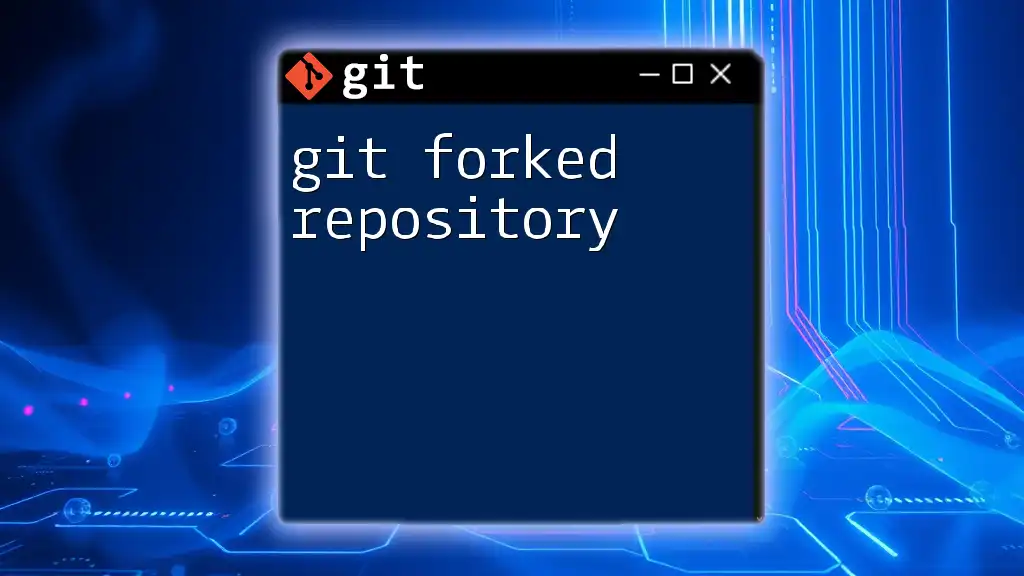
Best Practices for Using Shared Repositories
Commit Often and Write Meaningful Messages
Committing often helps track each stage of your project. Writing meaningful commit messages enhances clarity, allowing team members to understand the context of each commit without having to decipher the code changes.
Regularly Sync with the Remote Repository
Keeping in sync with the remote repository is vital. Frequent pulls from the main branch help incorporate recent changes, minimizing the chances of encountering larger merge conflicts.
Utilizing Pull Requests
Pull requests (PRs) are essential in collaborative environments. They facilitate code reviews, allow team members to discuss changes before merging them, and help maintain code quality. Use pull requests to communicate context and decisions around the changes you propose.
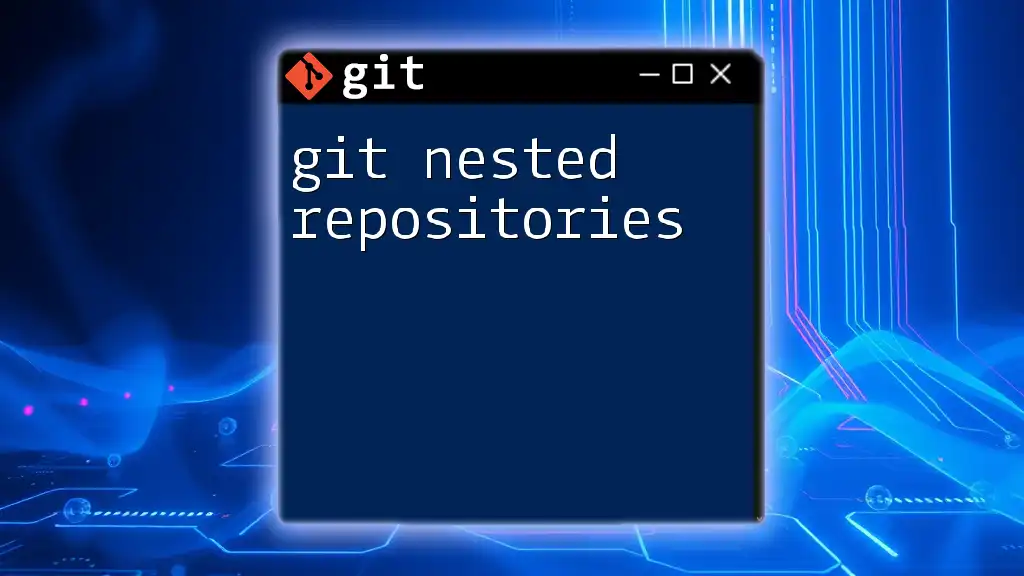
Tools and Resources for Git Shared Repositories
Several platforms enable shared repositories, each offering unique features:
- GitHub: A popular choice for open-source projects with a vast community support.
- GitLab: Offers robust CI/CD integration and project management tools.
- Bitbucket: Integrates seamlessly with Atlassian products and is great for smaller teams.
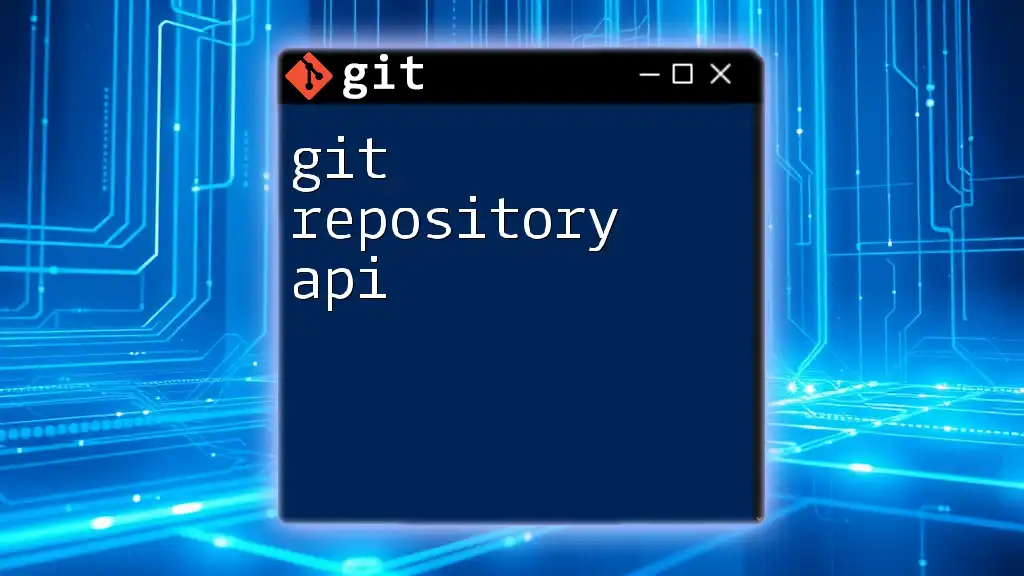
Conclusion
Managing a Git shared repository effectively can greatly enhance your team's collaborative efforts. By mastering Git commands, understanding branching strategies, and adopting best practices, you can ensure a smooth development experience for everyone involved. Practice is key, so take the time to experiment with shared repositories and become proficient in using Git in collaborative environments.
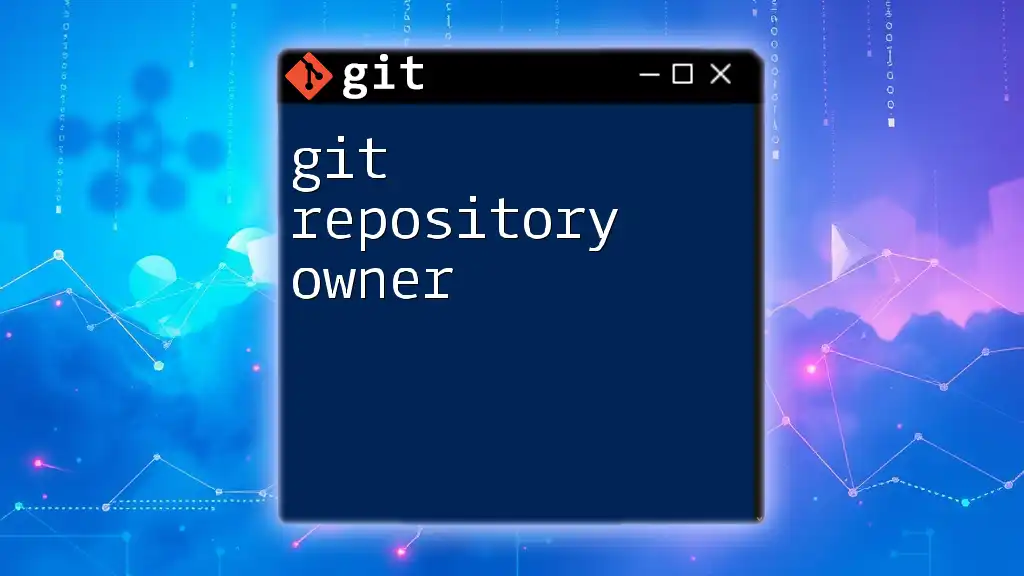
Additional Resources
For further learning, seek out the official Git documentation, which offers detailed explanations on commands and concepts. Additionally, consider enrolling in courses focused on Git and collaboration in software development to deepen your understanding.

